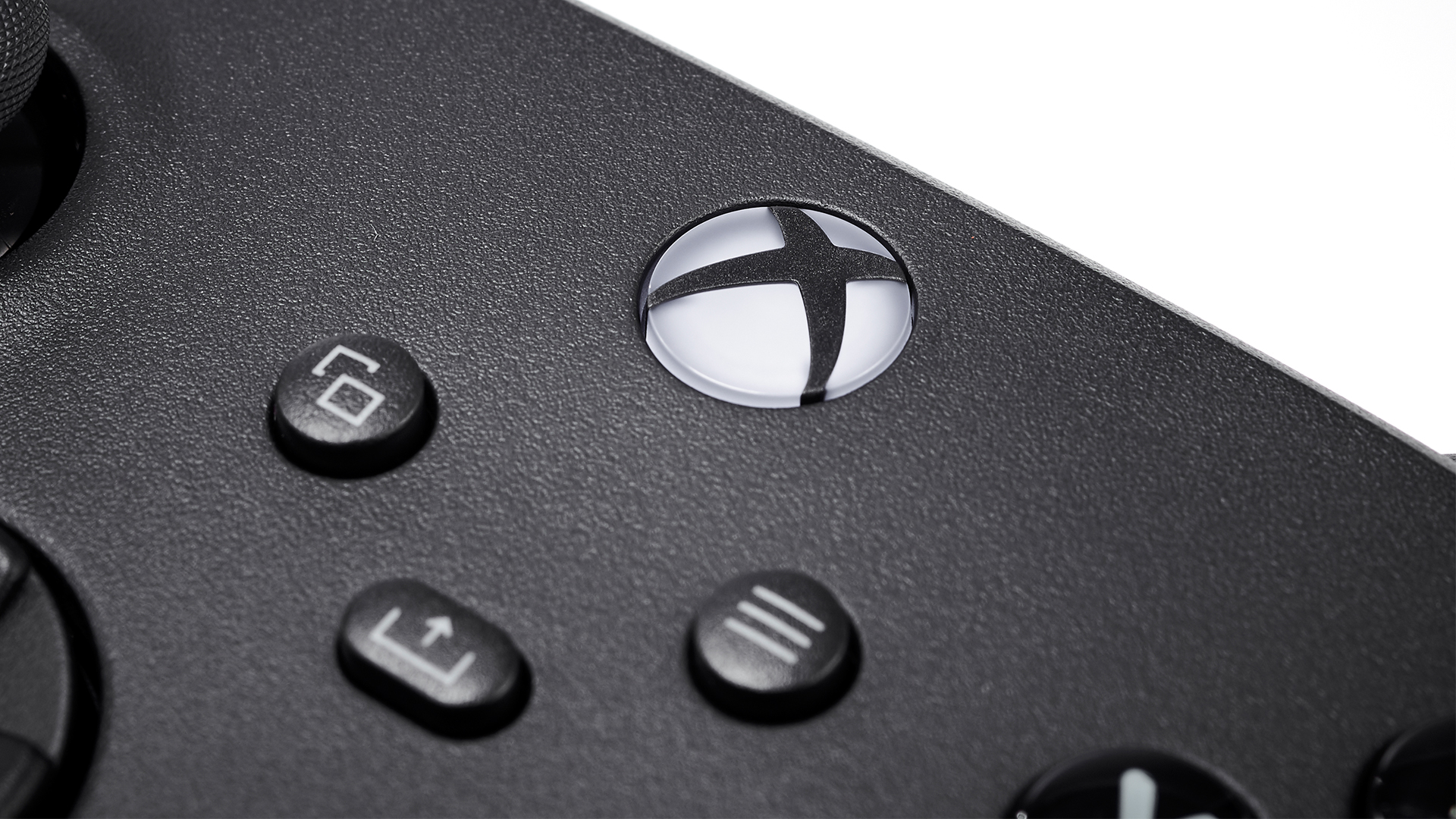
Microsoft has done a commendable job of exorcising the demons out of its system. That has taken some time, of course; even after the Xbox One X arrived in 2017, the spectre of Kinect continued to cast a faint shadow over the Xbox ecosystem. But with the release of the Xbox Series X and Series S on November 10, that shadow is further diminished, as we finally receive a solution that makes sense for Game Capture and Sharing – one that doesn't involve screaming commands until you're hoarse or fiddling around in menus.
The Xbox Series S and Xbox Series X controller arrives with a Share button built into the chassis, positioned south of the View and Menu buttons. It's easy to reach from either analogue sticks and tactile, a face button that you'll soon find yourself pressing more than any other. I say that with some certainty as that's what I've been doing these past few weeks, as I've been testing the backwards compatibility capabilities of the Xbox Series X.
A new look at old games
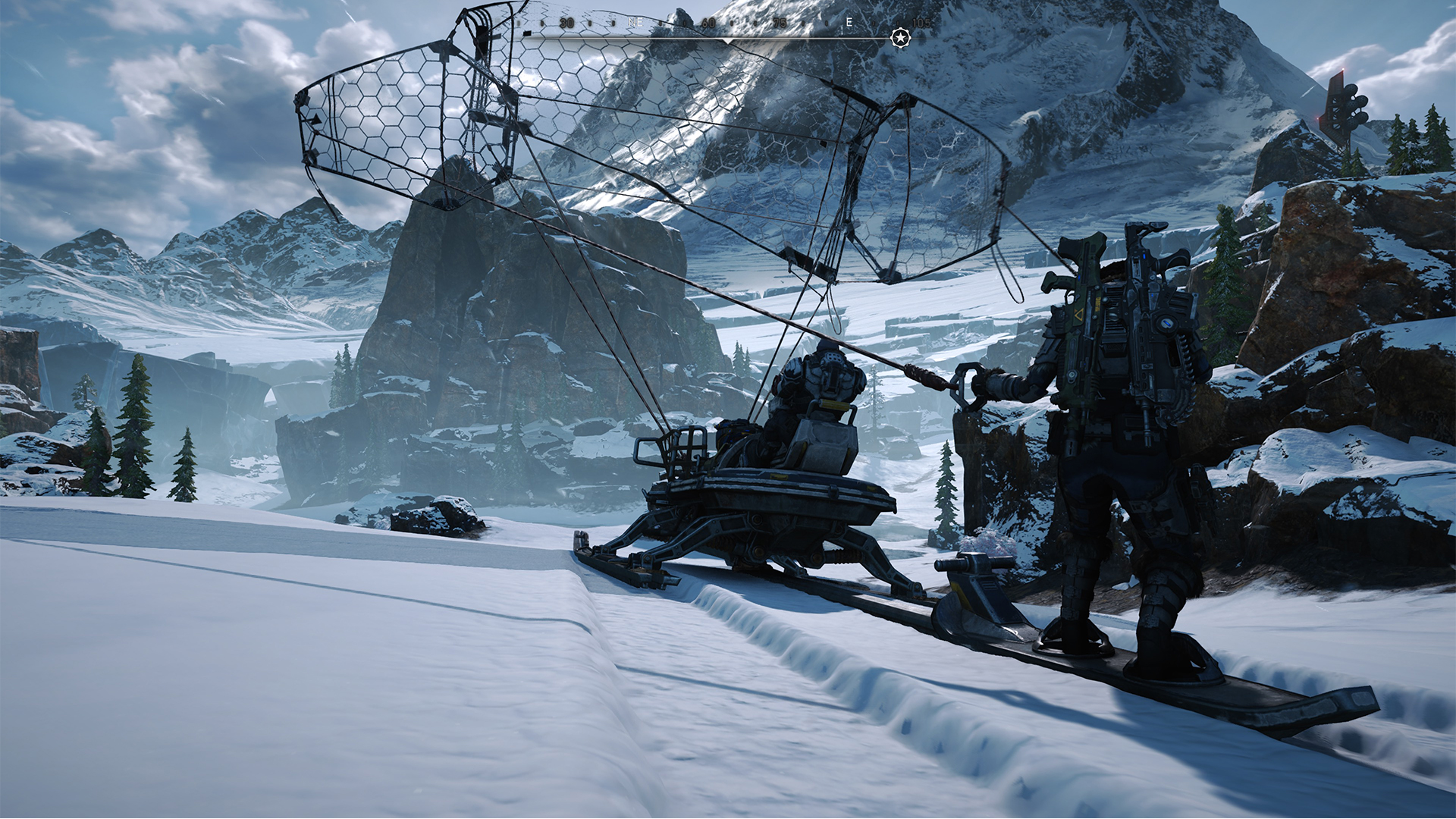
In preparation for my Xbox Series X review, I spent weeks running back through some of my favourite games of the Xbox One era. It's been a blast for reasons that will become obvious if you click through on that link. Something that I didn't anticipate was just how much fun I would have taking screenshots of games that I'd already poured so many hours into over the generation, nor how much I would lament not being able to the first time around.
Okay, I could have done, but I was compelled not to because it was such a pain in the ass. While the PS4 made chronicling your in-game achievements a foundational part of the console UX and DualShock 4 design, the implementation on Xbox One always felt like an afterthought. At launch, you'd have to ask Kinect nicely to take a screenshot, and maybe it would oblige. Later, as Microsoft realised the error of its ways and shoved the much-maligned camera into a gaudy green coffin, you'd have to break away from the action and fiddle around in the Guide to do something as simple as capture a game clip – enough of a hassle that it could often be the difference between life and death in both single and multiplayer scenarios.
Once you cleared either hurdle, you'd still then have to wrestle with Upload Studio or OneDrive to get the captures off of your console and out onto social. It sucked. When the Nintendo Switch arrived in 2017 with its own inelegant solution, some hoped that Microsoft would see the error of its ways and introduce a standalone capture button with the One X – a console that seemed purpose-built to decimate the legacy of Kinect and the UX decisions that were made because of it. Microsoft didn't, and it has taken until the Xbox Series X and Series S controller redesign to see game capture made easy.
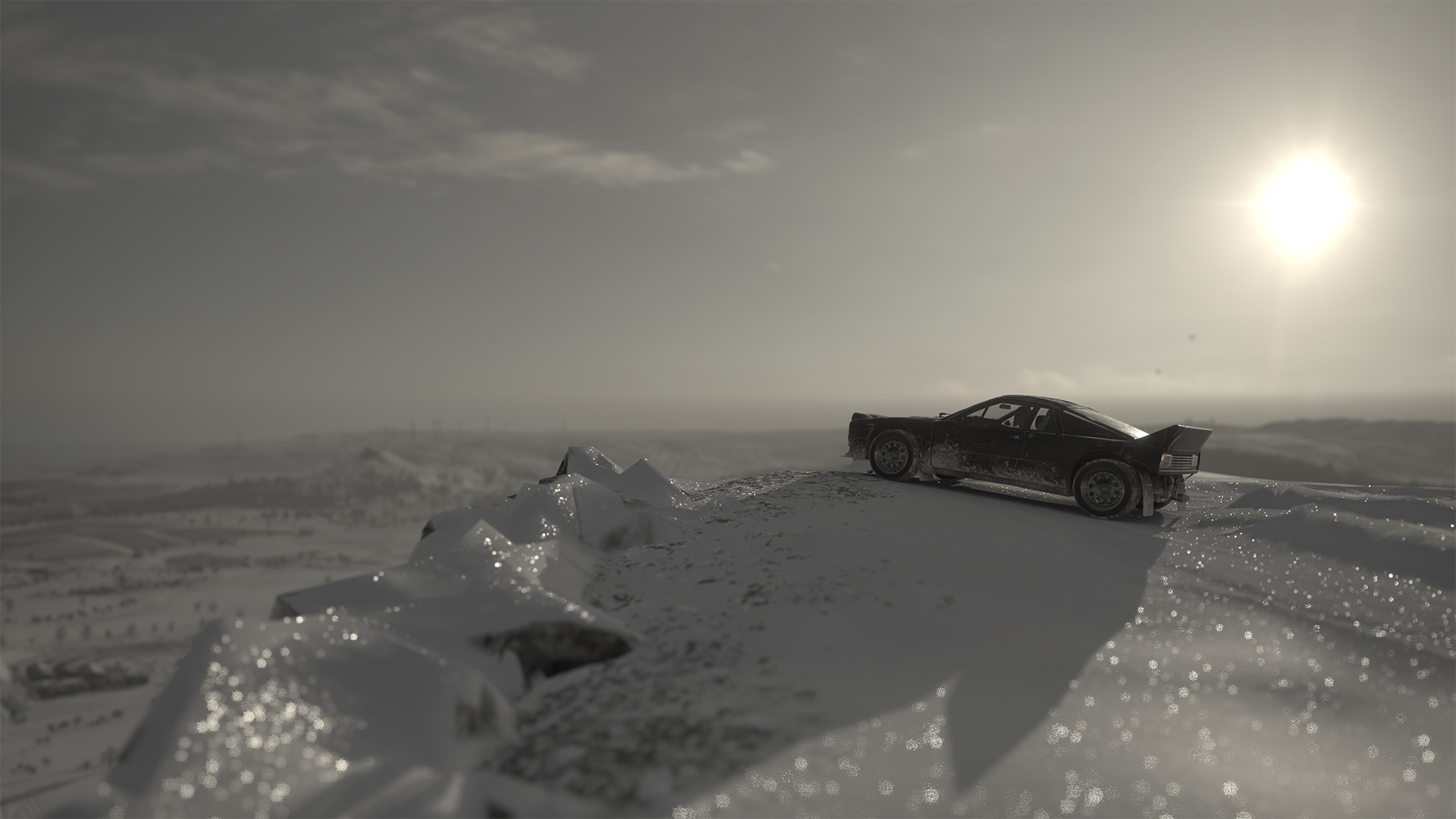
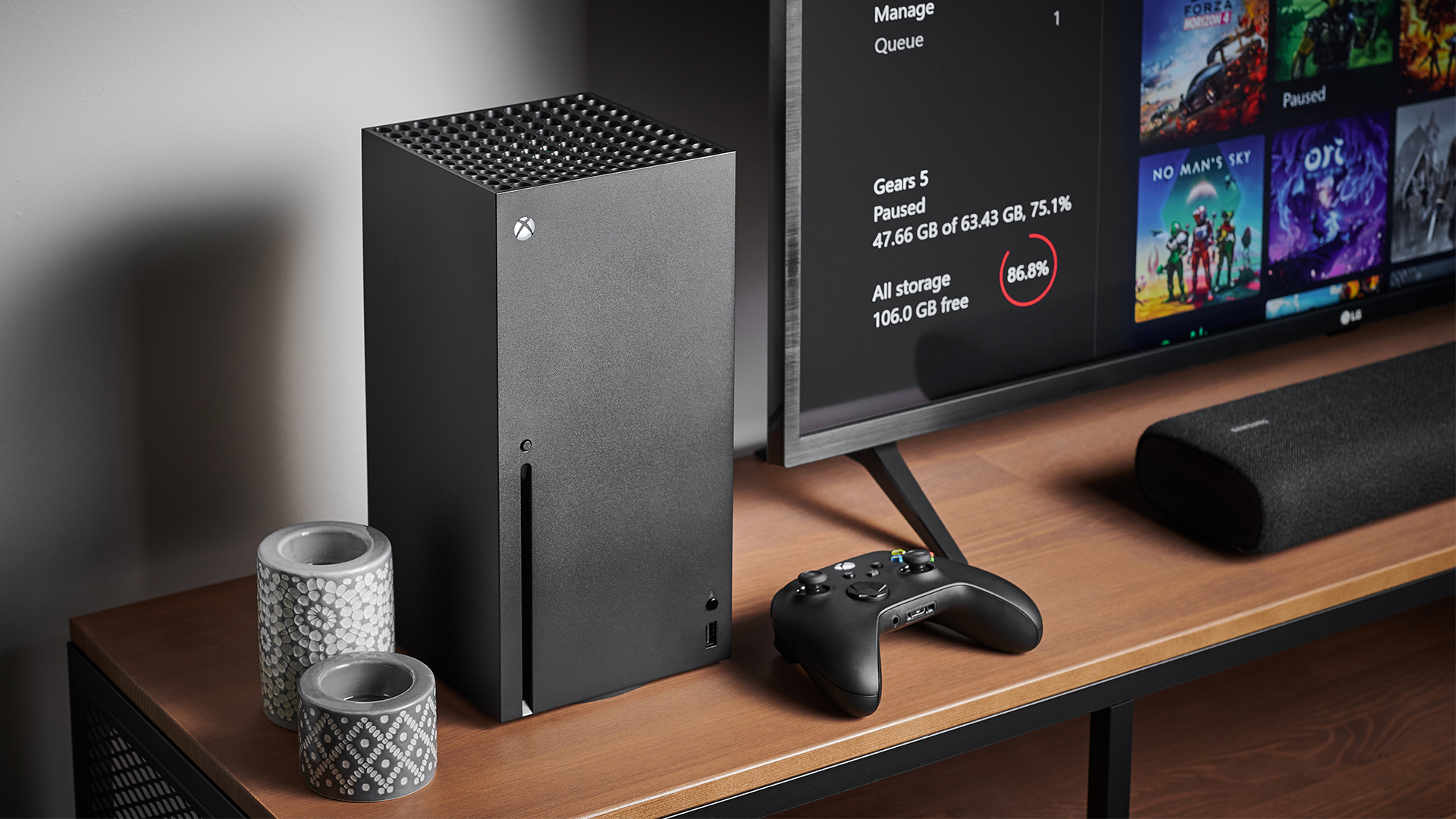
Looking for our full thoughts on Microsoft's powerful next-generation console? Click the link to read our full Xbox Series X review.
Now it's here, I couldn't be happier. With a simple press of a button, the Xbox Series X is able to capture 4K resolution screenshots. I'm capturing more than I ever have before, be it to chronicle achievements, in-game failures, or to just admire some of the console's most beautiful exclusives. A brief hold of the Share button will let you capture 15-second game clips in 4K HDR and at 60 frames per second; dive into the system menus and you'll be able to and alter whether you want video recorded in 4K HDR, 4K SDR, 1080p SDR, or 720p SDR. The Xbox One's Game DVR launched with a cap of 720p at 30fps, while One X struggled to deliver 4K at 30fps – naturally, this is a massive step up. If you really want to, you can even rebind the Share button, requesting that a press or hold either take a screenshot, records what just happened, or starts and stops a recording – that functionality also exists in the Capture & Share tab of the Guide should you want access to it later.
There's a small benefit to opting for 1080p or 720p recordings, as they can be up to two-minutes in length and will process faster. It would appear that there is a restriction on 4K clips to just 30 seconds in length and they will share to Xbox Live at a lowered resolution. Video clips can be played at full resolution on your Xbox Series X itself and later shared to social if they are moved onto an external storage device of USB 3.0 or faster.
Weekly digests, tales from the communities you love, and more
4K HDR screenshots are uploaded automatically to Xbox Live at their full resolution. Better still, they're uploaded automatically to the Xbox App on your smartphone at full resolution. While game clips can take about a minute to process, screenshots are near-instantaneous in my experience. From there, I'm able to download the media on my phone, post it directly onto social feeds, send it as a Message over Xbox Live, add it to my Activity Feed, or send it over to one of my Clubs.
Fast and frictionless
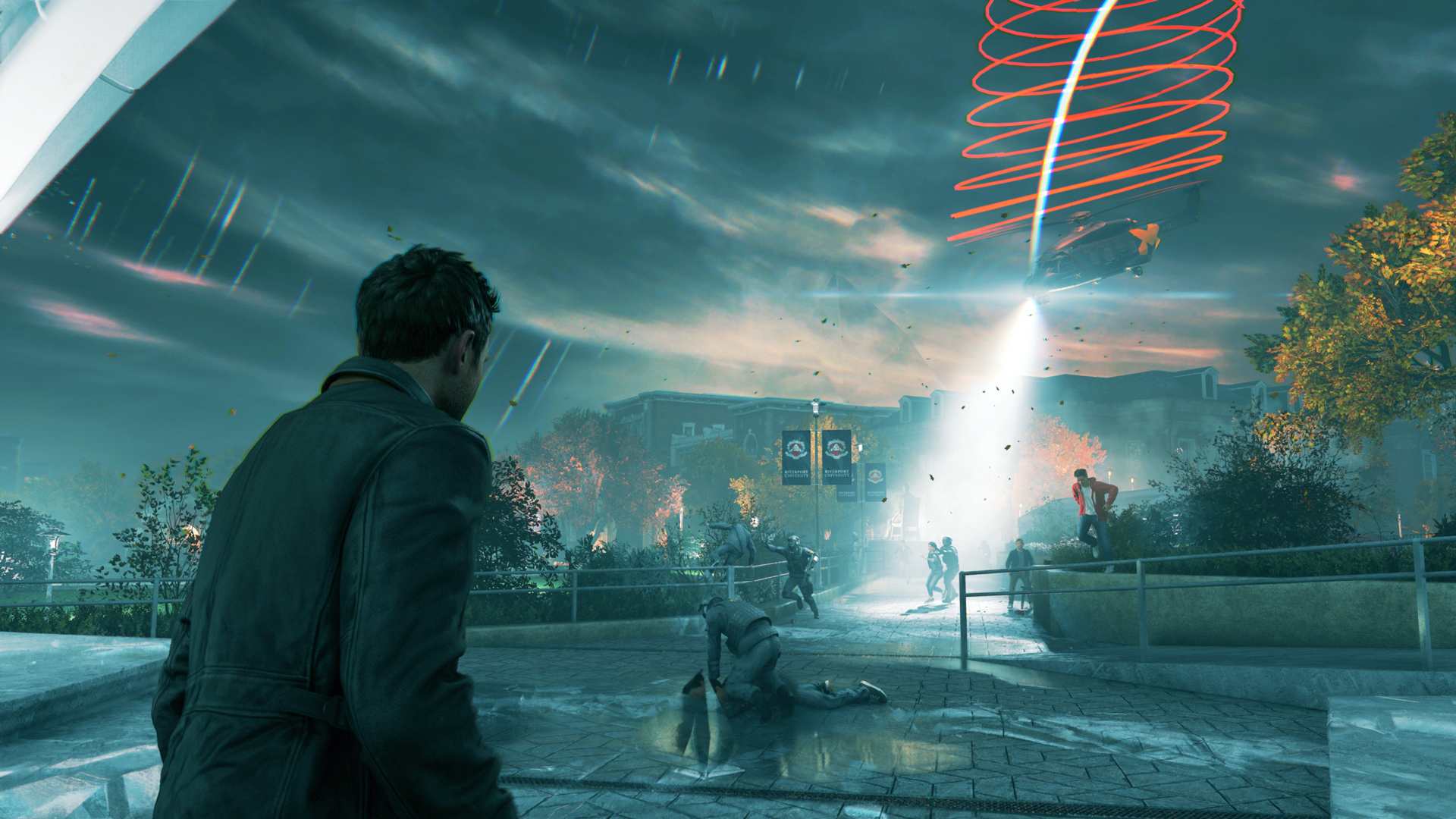
"The Share button is long overdue, but that doesn't mean that the functionality is perfect"
It's fast, frictionless, and easy to use. I was even able to turn off the annoying notifications indicating that something had been captured and the subsequent follow-up indicating that it had been uploaded to Xbox Live. The Share button is long overdue, but that doesn't mean that the functionality is perfect. As we saw from the PS5 UI reveal, it would appear that Sony is making a number of small revisions to its own Capture and Share functionality as it transitions into the next generation.
The Create button on the DualSense controller is optimised in such a way that you can review captures and choose when they are shared, the functionality even appears to be intrinsically tied to in-game photo modes. Much like how recent Captures can be accessed from the Guide directly on Xbox Series X, PS5 owners will be able to access recently captured media from the Control Center. The difference here is that Sony has pushed new functionality into the service, letting players easily make quick edits, sharing directly to supported social platforms, or directly to parties – with the DualSense microphone allowing for voice dictation, allowing for easier sharing than ever before.
These are small additions, sure, but it shows that Sony is committing to making this service – a key success story from the PS4 generation – more intuitive, in-depth, and easy to use. Editing game clips on Xbox Series X still requires maneuvering through multiple menus, while there is no option to edit screenshots at all. I'm sure that much of this functionality could improve slightly when I receive the final build of the operating system ahead of launch, and that Microsoft will continue to tweak game capture and sharing through regular dashboard updates as it refines the UI in the years to come. But it's still clear that the addition of a Share button to the Xbox ecosystem feels like the righting of a mistake seven years too late, rather than an attempt to push the functionality forward in ways that really matter to players.

GamesRadar+ is exploring the Xbox Series X in detail. Click the banner above to read all our hands-on reporting, exclusive interviews, and plenty more.

Josh West is the Editor-in-Chief of GamesRadar+. He has over 15 years experience in online and print journalism, and holds a BA (Hons) in Journalism and Feature Writing. Prior to starting his current position, Josh has served as GR+'s Features Editor and Deputy Editor of games™ magazine, and has freelanced for numerous publications including 3D Artist, Edge magazine, iCreate, Metal Hammer, Play, Retro Gamer, and SFX. Additionally, he has appeared on the BBC and ITV to provide expert comment, written for Scholastic books, edited a book for Hachette, and worked as the Assistant Producer of the Future Games Show. In his spare time, Josh likes to play bass guitar and video games. Years ago, he was in a few movies and TV shows that you've definitely seen but will never be able to spot him in.


